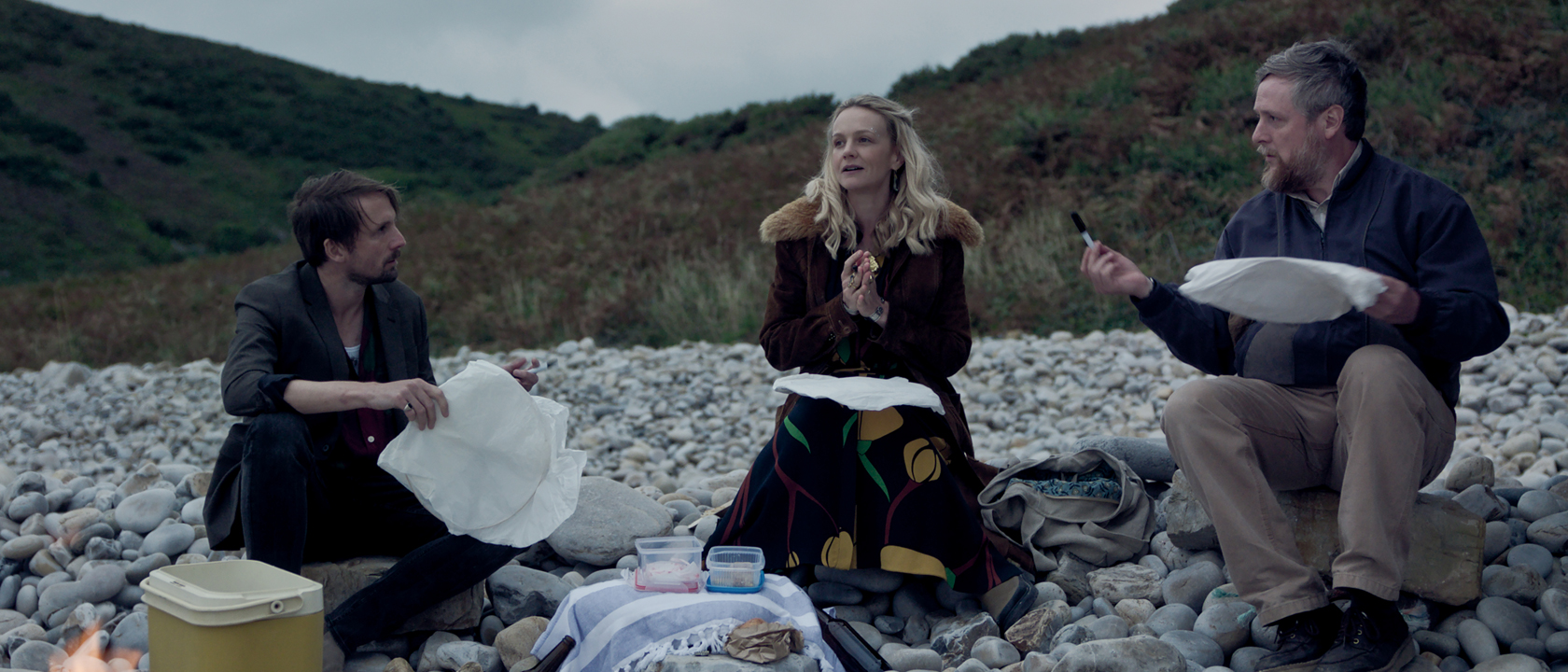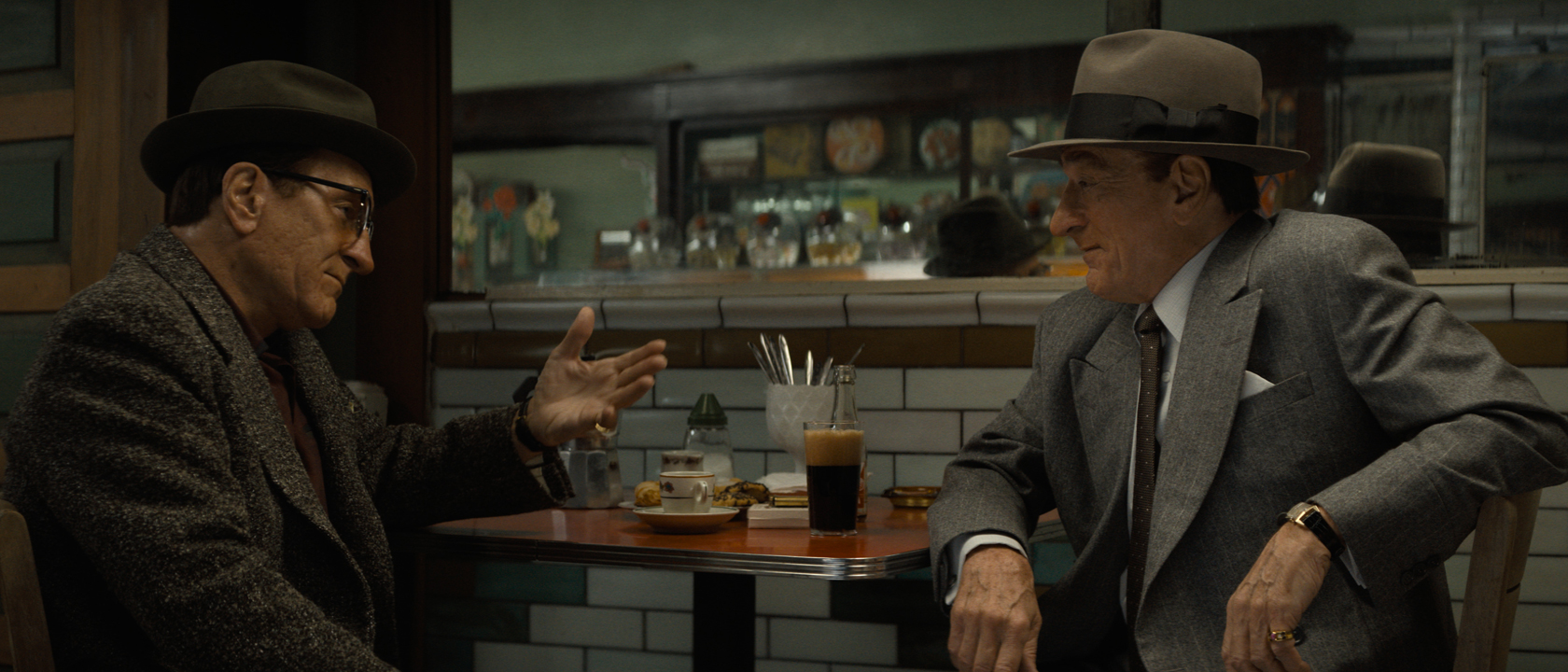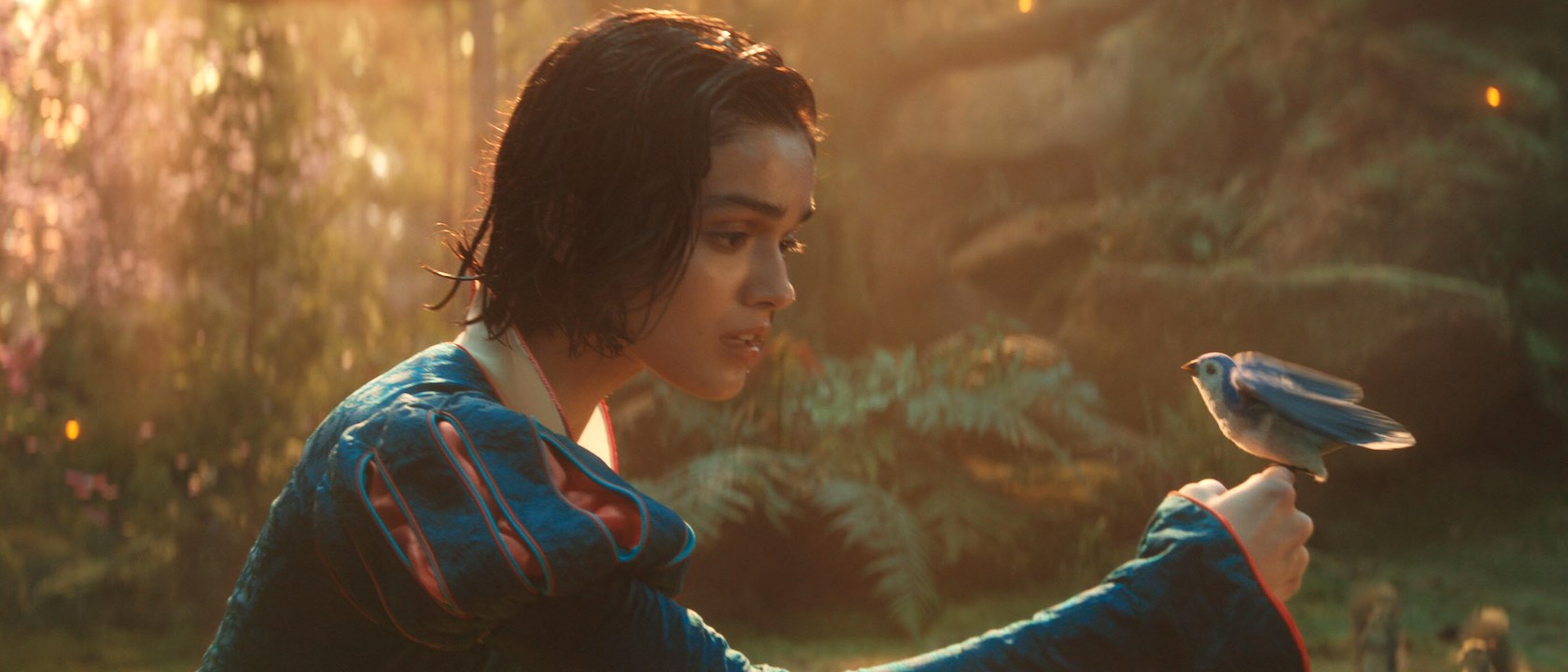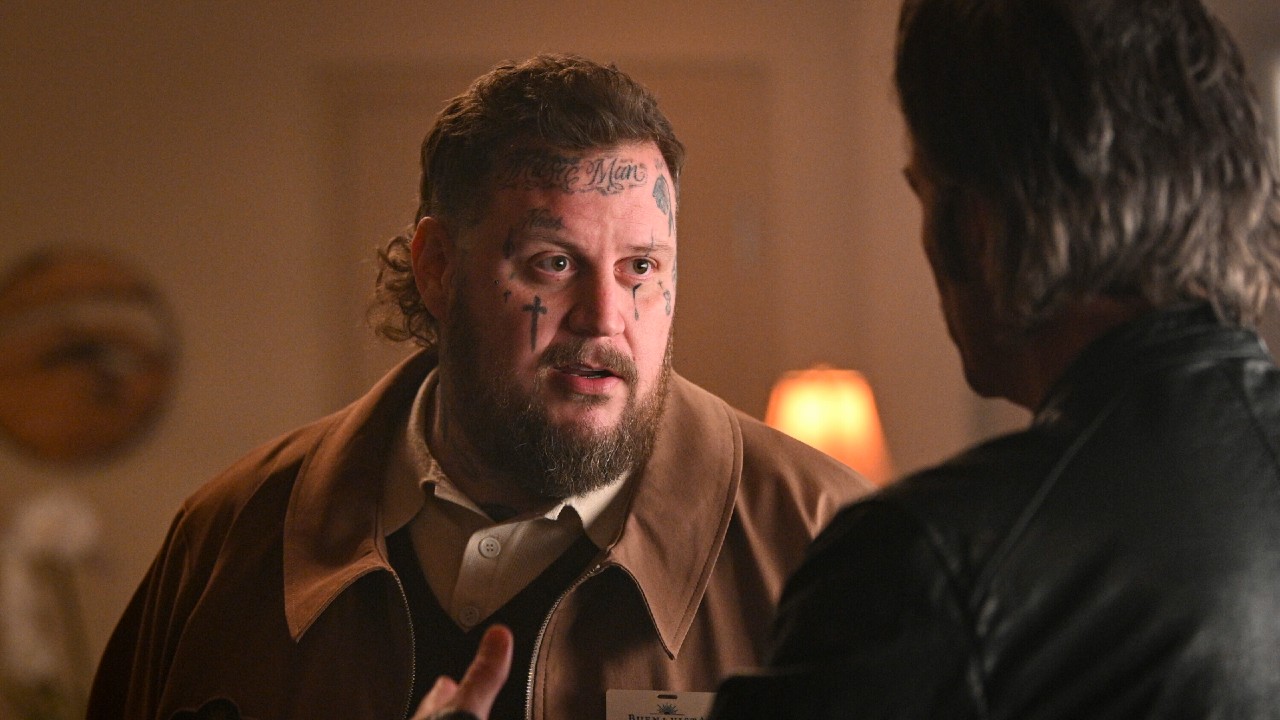Oswald the Lucky Rabbit hit the news when he was traded by Universal to Disney for sportscaster Al Michaels in 2006. At least, that’s how the story was presented in the press. A creation of Walt Disney and his top early animator, Ub Iwerks, back in 1927, Oswald predated Mickey Mouse. Unlike the iconic mouse, Oswald was the property of Universal rather than Walt’s company. In 1928, Universal went ahead with more Oswald cartoons without Disney and Iwerks’ involvement and left them free to dream up Mickey (who bears more than a passing resemblance to Oswald.) Oswald lasted into the 1930’s and then languished in the Universal collection. Finally, Disney got back the rights to their 26 cartoon shorts in the deal that let Michaels out of his contract with Disney subsidiary ABC. Most people have never seen an Oswald cartoon and the Disney/Iwerks involvement in 1927 and 1928 have made them the subject of much interest by Disney-philes. Oswald the Lucky Rabbit, Walt Disney’s first animated star, recently returned to the Walt Disney Company and Disney has wasted no time in capitalizing on it. Capitalizing on things is one of the activities Disney does best. As part of the Walt Disney Treasures series of DVDs, the company collected as many Oswald black and white shorts as they could find (13 of the 26 worked on by Disney’s company) and released them in a two disc set. While there may be an interest in seeing a previously unseen cartoon with the Disney name attached, the regular fan (as opposed to historian or true animation buff) should tread carefully.
The most important aspect of the Oswald cartoons is that they are very, very old. The animation is simple and doesn’t hold up particularly well to a modern audience. If you haven’t seen these cartoons before (and few have), you can look at really early Mickey Mouse cartoons to get a sense of what the Oswald shorts are like. They don’t have any sound, although they have a new score composed and recorded by Robert Israel. Sitting down and watching 13 of these cartoons in a row (they are about six minutes each and total about 80 minutes when the “play all” function is chosen) feels more like an assignment than anything that will make you laugh and giggle, the way a group of Mickey Mouse or Bugs Bunny cartoons do.
That’s not to say they aren’t worthwhile. In addition to Disney and Iwerks, animators who cut their teeth on Oswald included Fritz Freeling and other early Looney Toons artists. There are some funny surreal moments, like when Oswald pulls down the words drawn above his head and uses them to solve a problem, or when he pulls his own foot off and rubs it (for luck, get it?) The plots, simplistic in the extreme, typically cover Oswald trying to win his unnamed girlfriend or solve some relatively minor problem. They rely heavily on sight gags and pratfalls, rather than character development. In fact, Oswald’s personality is a bit of a mystery. He’s clearly the hero but isn’t able to project anything beyond that. He’s mostly just a stand-in for the audience who are taken on a ride packed with visual jokes.
Although the package is named for him, the two disc set only contains one disc of Oswald material, the second disc (discussed in the “The Disc” section below) relates more to Ub Iwerks. In fact, the whole package could easily have been named for him. The Oswald shorts are going to appeal more to animation buffs and Disney “completists” than casual animation fans. Even hardcore Disney fans may be uninterested and kids will be bored spitless. It’s an interesting, but not exactly entertaining, look at animation history and if that appeals to you, it’s handsomely presented. The rest of us should probably stick to Cinderella and Snow White. As noted above, the Oswald cartoons last about 80 minutes and make up the bulk of the material on the first disc. Its appeal is mostly for animation historians and buffs, rather than for casual fans, but there are some extras on Disc One to help the non-buff get more out of Oswald’s return to the public. First, there are commentaries for six of the shorts. The commentaries are provided by either Mark Kausler or Jerry Beck, both animators. Film historian/Disney lackey Leonard Maltin joins each animator once. The shorts are much more enjoyable and interesting with the commentary. Kausler especially knows his stuff and gives a lot of helpful information about who animated the scene and points out things you might miss watching it on your own. In some cases, you wouldn’t know the names of peripheral characters if you didn’t hear them discussed in the commentaries. The reason these commentaries aren’t provided on every short is a real head scratcher. Since all the shorts combined are about the same length as a feature film, having a commentary on every short would have been pretty easy.
In addition to the commentaries, there is a 14 minute featurette called “Oswald Comes Home.” It includes people like Maltin, Roy E. Disney, and Disney CEO Bob Iger talking about the history of Oswald and how the shorts made it back to the Disney Company after 80 years at Universal. There is a lot of talk about “heritage” and the influential animators that worked on the shorts. It’s a good introduction to watch prior to watching the actual shorts, in order to get some context.
The rest of Disc One includes a couple minor extras. The first is called “Sagebrush Sadie (Fragment).” Its inclusion is somewhat puzzling since it’s less than a minute and shows two brief scene segments that were intended to go into an Oswald short. The drawings are even more crude than the finished shorts and don’t include any background, just the animation portion. The other extra are pencil galleries for the characters.
Disc Two has no Oswald material on it, except indirectly. In fact, it’s clear that Disney did not really have enough Oswald shorts and extras to justify a two disc set. Thankfully, they turned the Disc Two over to the often under-appreciated Ub Iwerks, Walt Disney’s top animator during his early years. The Hand Behind the Mouse: The Ub Iwerks Story is a feature documentary originally released in 1999 and makes up the bulk of Disc Two. Directed by Iwerks’ granddaughter, Leslie Iwerks (who also directed The Pixar Story), the documentary, narrated by Kelsey Grammer, uses interviews with Roy E. Disney, Chuck Jones, John Lasseter, and others to give Iwerks his proper credit as the creative force behind many of Disney’s early successes. It’s a fascinating documentary and includes examples of early work that anyone who enjoys animation would like to see. A side benefit to Disney fans is a concise but fact filled telling of early Disney Company history. This documentary is probably the highlight of the set to anyone but a real hardcore early animation buff who loves the Oswald cartoons. The Hand Behind the Mouse has a broader appeal and it’s nice that more people will be able to see this documentary.
The final section on Disc Two contains six Disney cartoons that are included to show Ub Iwerks’ portfolio (and pad out the disc.) Three of the shorts are from the “Alice” series between 1925 and 1927. These were the first real Disney/Iwerks animation entertainment shorts and pre-date Oswald. A live action girl (played by Margie Gay) is placed in an animated series of events. Like Oswald, these will look crude to modern audiences but have a high “cuteness” factor. The other three cartoons are the famous “Steamboat Willie” and “Plane Crazy,” Mickey Mouse cartoons that most people have seen, at least in part, and “Skeleton Dance,” which is still fun (and kinda creepy) to watch.
Leonard Maltin provides a good introduction to both discs. The quality of the cartoons varies quite a bit. Disney had to search high and low for prints of the Oswald shorts and not all of them are in great condition. There is some flickering, especially in the title sequences. Other than that, everything looks and sounds good.
The addition of the Iwerks material on the second disc makes this an overall good DVD. It’s probably not going to be of much interest to children who will get little out of Oswald shorts and probably less out of The Hand Behind the Mouse. Adults, especially animation fans, will enjoy seeing the Mickey Mouse predecessor and the Iwerks’ documentary is top-notch. It just skates past being a little bit of a mis-titled rip-off by turning into “The Ub Iwerks Appreciation Set.”











